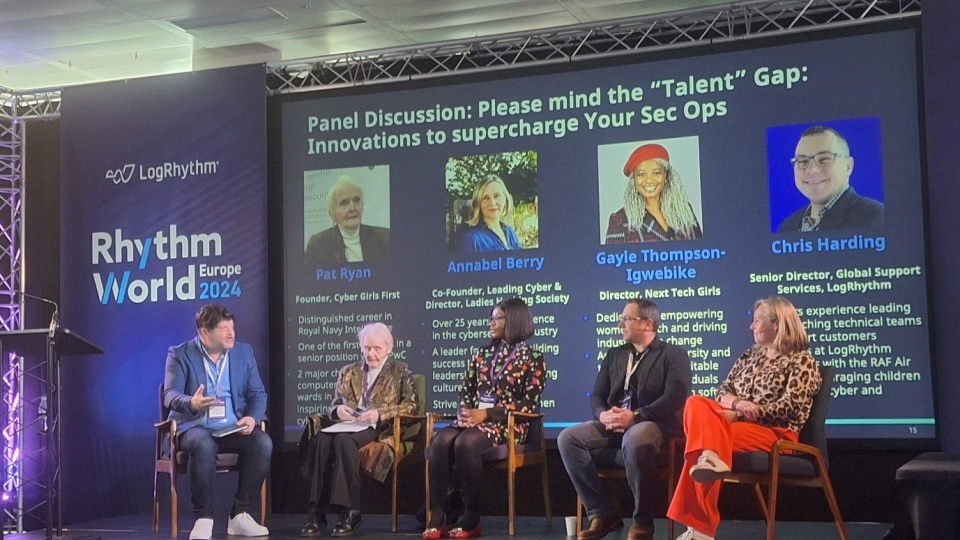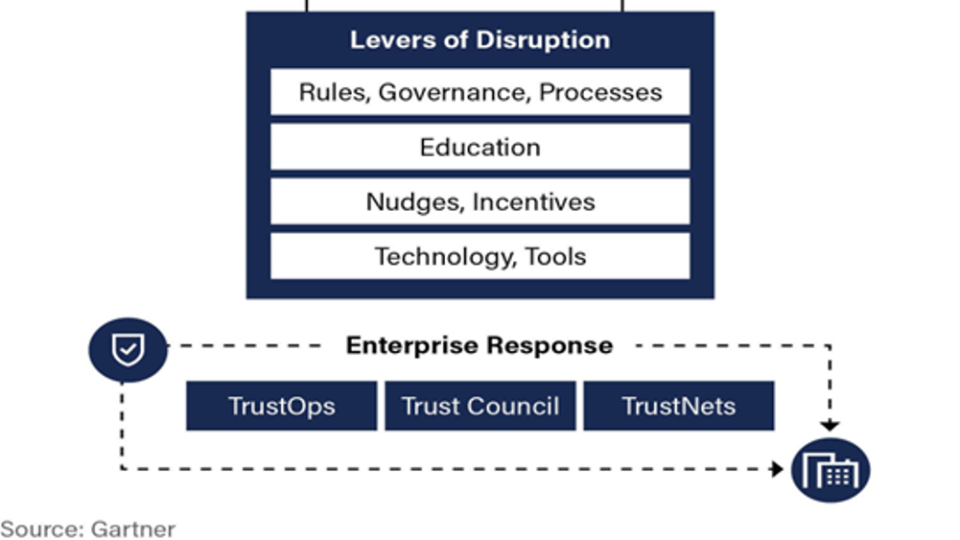
Over the past year, Chief Information Security Officers (CISOs) have been left to navigate the pros and cons of the rise of AI as both cybersecurity teams and threat actors increase their adoption of the technology.
According to the US International Trade Administration, the UK AI cybersecurity market is expected to grow to a huge £803.7 billion by 2035. AI holds massive potential for shaping the future of the cybersecurity industry, but this doesn’t come without drawbacks. Many security teams are hoping to be able to adopt generative AI to boost efficiency, increase productivity, and quicken decision-making. While leveraging these technologies may present a powerful opportunity to elevate Security Operations Center (SOC) efforts and close the cybersecurity skills gap, most organizations still do not understand the risks associated with AI and the steps needed to mitigate them.
Generative AI is here to stay and we’re only just witnessing the start of its capabilities. Here are my predictions for the year ahead as the role of AI in cybersecurity continues to evolve:
Generative AI Will Lead to Confidential Data Risks
As it stands, generative AI platforms lack regulation around protecting user data, so any information you provide has no real safety guarantee. Important business information should not be entered into generative AI platforms that read and store data. Organizations will need to navigate privacy landscapes carefully, ensuring that the benefits of technological advancements are not compromised by risks to their confidential data.
The Industry Will Experience Uncertainty Around Generative AI
I predict the cybersecurity landscape will confront a similar challenge with generative AI in 2024 as it did previously with cloud computing. Just as there was initially a lack of understanding regarding the shared responsibility model associated with cloud computing, we find ourselves in a situation where there is a lack of clarity around several aspects of the use of generative AI technologies.
Many decision-makers remain uncertain about how to effectively leverage generative AI, where its true value lies, and when and where it should or should not be employed. This predicament is likely to result in a significant risk of confidential information breaches through generative AI platforms.
Generative AI Will Augment, Not Replace, SOC Analysts in Cybersecurity
As the cybersecurity landscape evolves, generative AI’s role within SOCs will be characterized by augmentation rather than replacement of human analysts due to its maturity limitations. When weighing up the risks and rewards of deploying generative AI, it is important to consider the huge potential it holds to support analyst teams, especially those of a smaller size.
As organizations continue to navigate the cybersecurity skills gap, AI offers assistance for overstretched teams to reach greater levels of efficiency. Gen AI will primarily assist and enhance the capabilities of SOC staff with the necessary expertise to interpret its output, proving especially valuable for mid-level analysts.
Future Success with AI Relies on Balance
Striking the right balance between leveraging generative AI tools and human decision-making is crucial to ensure effective threat detection, response, and mitigation. Organizations will need to discern genuine gen AI contributions amid marketing hype, and the debate between investing in more technology like gen AI or hiring additional SOC analysts will persist.
With the human factor remaining crucial, success will depend on aligning these tools with analyst workflows rather than relying on superficial intelligence. Like all cybersecurity solutions, generative AI works as a tool that requires analyst supervision to align with business needs.
Preparing for a Secure 2024
As we look towards the new year, cybersecurity teams face the challenge of navigating uncharted territory with generative AI adoption. Cybersecurity is a never-ending journey of progression as threat actors consistently evolve and develop attack methods, and AI will undoubtedly play a part in this journey.
Preparing for the future requires organizations to find the right balance between leveraging the benefits of generative AI and mitigating the associated risks to safeguard their data and operations. CISOs tackling the ever-evolving threat landscape must implement more comprehensive defense strategies in 2024 to mirror the increasingly sophisticated methods used by cybercriminals.
By Andrew Hollister, CISO & VP Labs R&D







